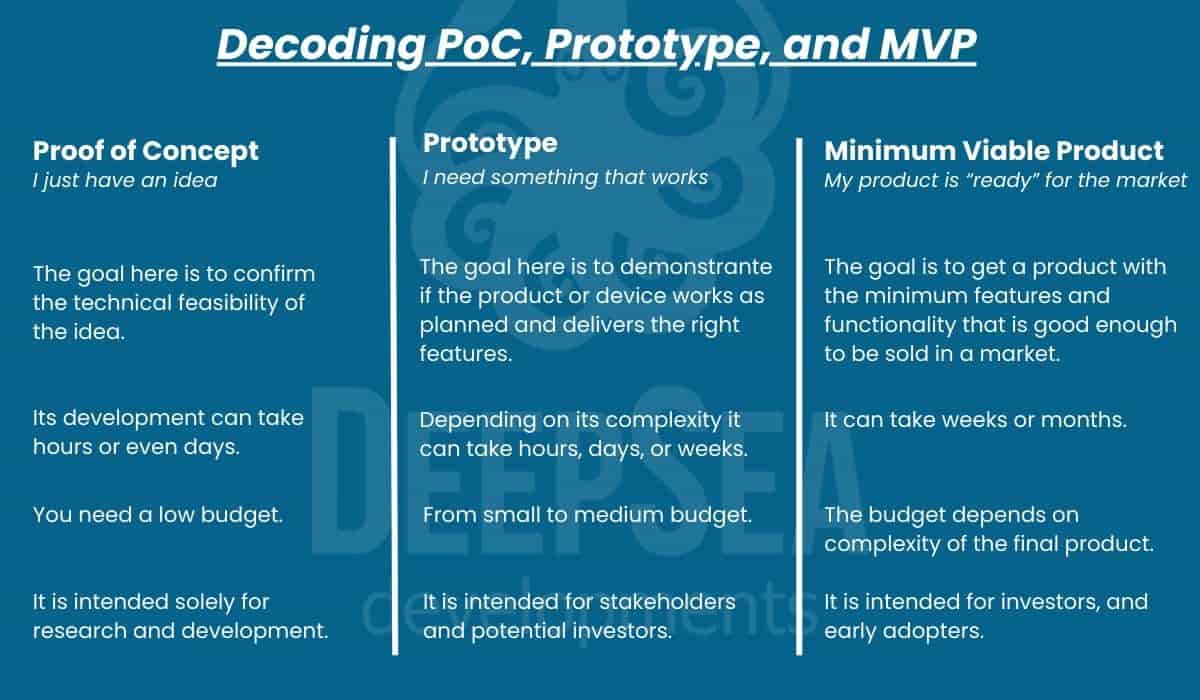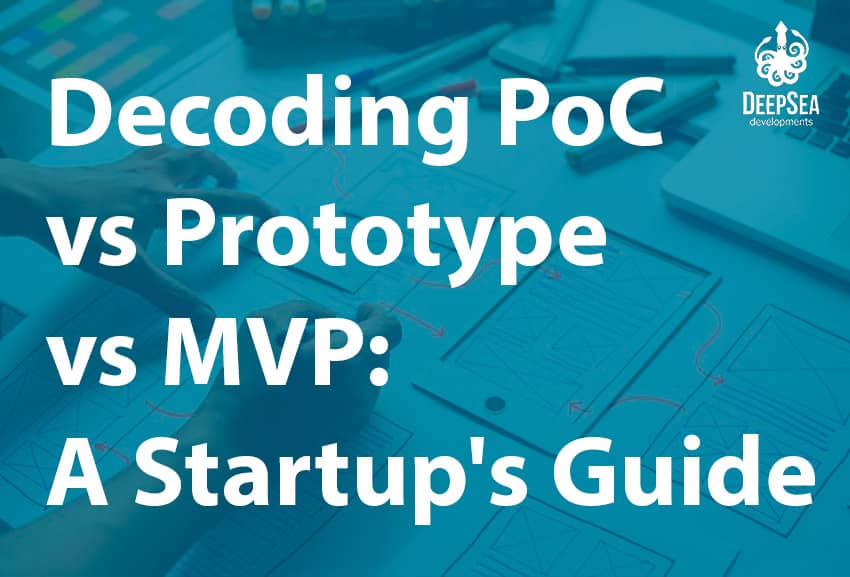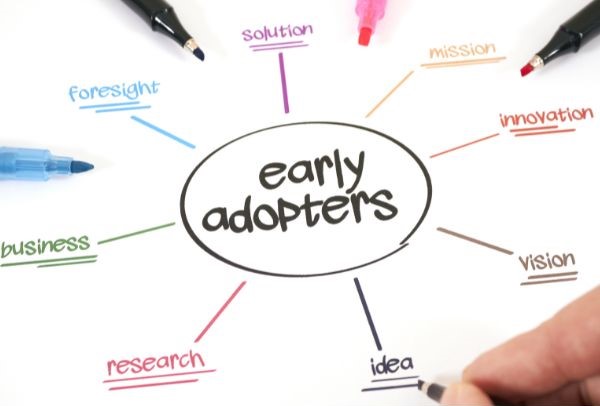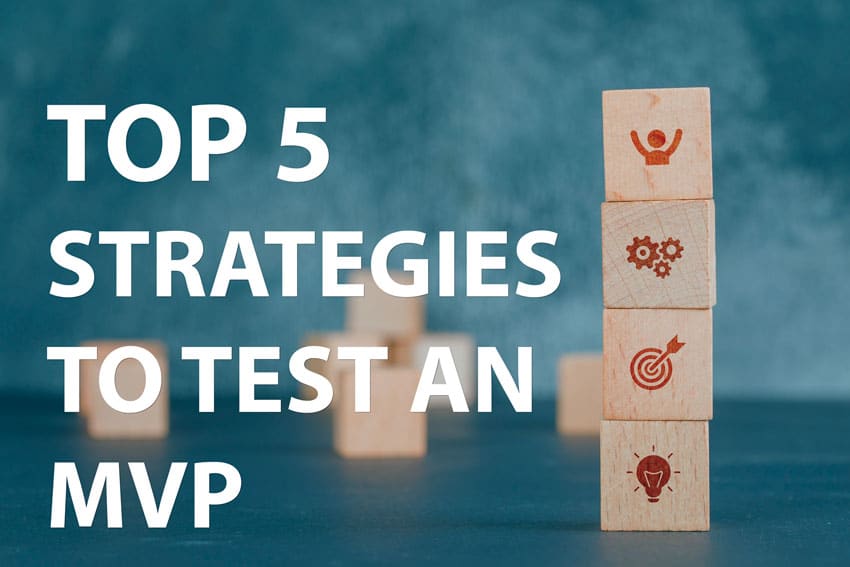Launching a startup is similar to embarking on a thrilling journey, and understanding the critical development stages is paramount to success. In this process, three terms often pop up: PoC (Proof of Concept), Prototype, and MVP (Minimum Viable Product). We will delve into each one to understand when your startup needs to deploy them.
PoC vs Prototype vs MVP: what’s the difference?
This is an overview of the difference between the proof of concept, the prototype and the MVP.

1. Proof of Concept (PoC) definition
At the inception of a groundbreaking idea, entrepreneurs struggle with uncertainties. Questions like, Is the concept viable? Will it solve the intended problem? Would it be easy to build? This is where a PoC comes into play.
A Proof of Concept (PoC) is a feasibility test to validate if an idea for a product or device can be built, and if it will work on the technical level.
When to opt for a PoC:
If your idea is innovative and untested, a PoC helps mitigate risks by providing tangible evidence of its viability; you can do it through a Proof of Concept success criteria.
On the other hand, when the technology required is uncharted territory, a PoC allows you to experiment and understand its potential (see PoC examples).
2. Prototype definition
Moving forward, once your concept gains validity through PoC, the next step is the prototype stage (which can take hours, days, or weeks). Here, the hardware development company you hire will help you build your idea, creating a tangible or functional model that showcases the design, functionality, and user experience.
This process can be done in several ways, and from different aspects:
- Why is prototyping important
- Types of hardware prototypes
- Rapid prototyping
- PCB prototyping
- IoT prototype
When to opt for a prototype:
If your device involves a novel design, a prototype is crucial for refining and perfecting it. Also, prototypes allow for preliminary testing of the device, collecting valuable user feedback before diving into full-scale development.
PoC vs prototype
The main difference between PoC and prototype is that the first is just a validation of an idea’s feasibility, while the second is a more advanced version of this idea, which can be tangible, functional, and showcase what the device can do in a preliminary version. You can check a prototype example to get inspired.
You may want to check these articles around prototyping:
If you still have questions regarding the proof of concept vs prototype, you can get in touch with us and get a free consultation on your idea or project.
3. Minimum Viable Product (MVP)
As your vision takes shape through a proof of concept, and gains tangibility with a prototype, the next phase is the Minimum Viable Product (MVP). Bear in mind that the MVP is not the final product, but a strategic version that encapsulates core features, allowing you to launch and gather real-world feedback.
You can check some examples of MVP here to understand how it works.
When to opt for an MVP:
If you aim to adopt an iterative development approach, an MVP facilitates incremental enhancements based on user feedback. Also, early adopters are a great opportunity to test the first version of your product and get valuable feedback that will serve as a basis for improving the device.
And not only you get to sell your product to a couple of people, but you also can test market acceptance and demand for your business idea (see business model in IoT).
MVP vs PoC
Now, let’s see the difference between PoC and MVP. The proof of concept would be like the “draft” of your idea, at least, to confirm how viable it is. Instead, the MVP will be the “more refined version” of that draft.
Throughout the hardware design process, the product receives many updates, iterations, and changes. The MVP may not be the finished version, but it serves as a sample that people could buy if they think it solves a need they have (See product development strategy).
MVP prototype
Usually people confuse the prototype with the MVP, and it’s not their fault. It is common that a prototype may become an MVP, however, this depends on how advanced the prototype is. If this device has come through several iterations, it will reach a point where it can become a Minimum Viable Product ready for the market.
By decoding the purpose and timing of PoC, Prototype, and MVP, entrepreneurs can navigate the complexities of product development, maximize market impact, and lay the groundwork for sustained growth.
It is crucial that you understand when to work on each one of these phases to ensure the success of your project. One last thing, if you have an MVP you would like to take to a new level, you can also count on us for such a task. Click on the button below to schedule a meeting with our team.






